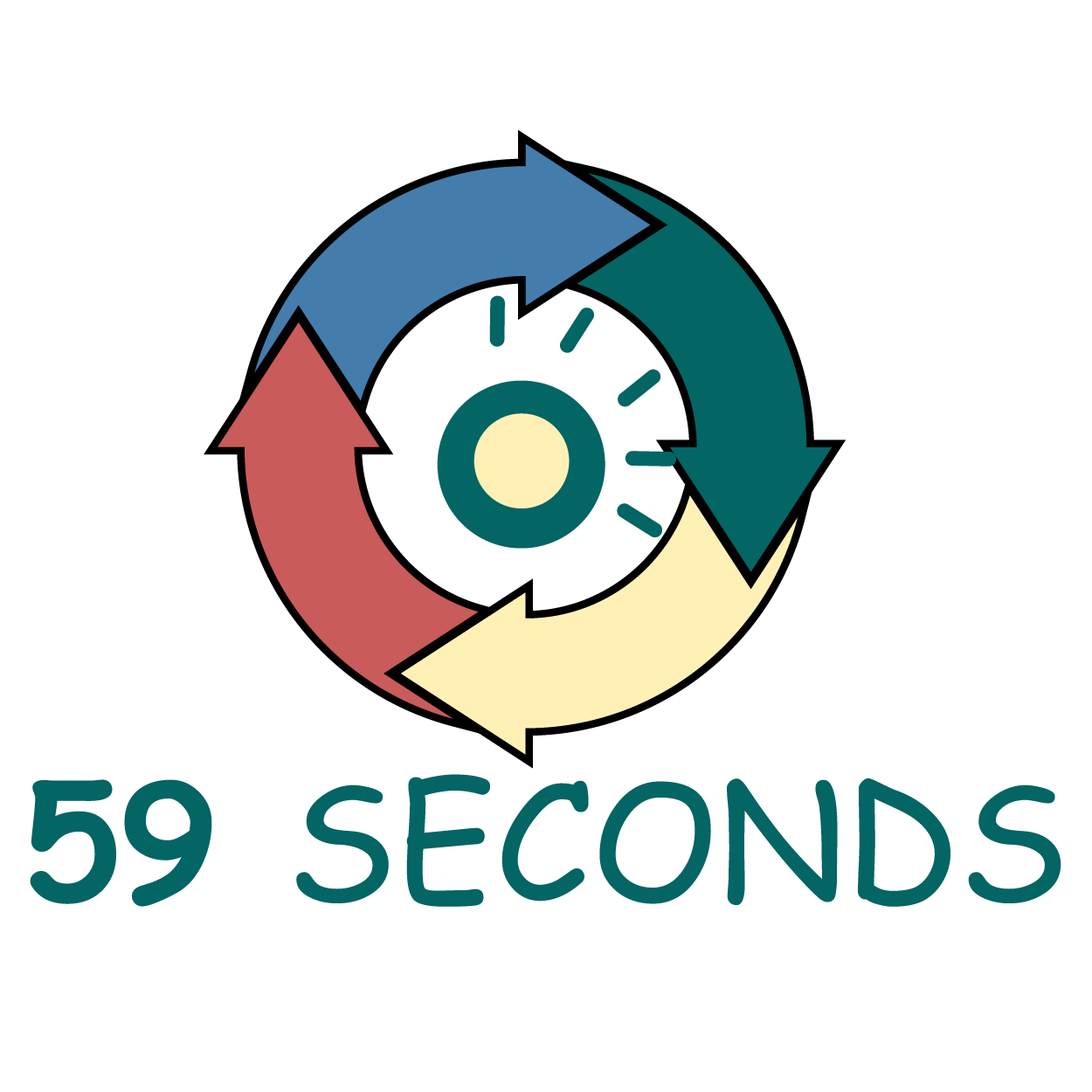
Scrum Project Roles – Part 10
Teams that have around 5 people, excluding the Scrum Master and Product Owner, tend to be more productive and efficient. Collaboration and communication tend to be easier and there is a lot less overhead than larger teams. Forming a team with fewer members is also easier. Finding 5 people who can do the job is a lot easier than finding a team of 16.
Teams with 5-7 members tend to be just as productive, or close to it, as larger teams while having a diverse set of skills that is needed to get work done efficiently. Furthermore, members often have cross-functional skills that can come in handy just in case a team member is no longer available.
Five-member teams tend to be better at communicating and collaborating with each other. Scrum Masters will often spend less time coordinating between team members and planning events when teams are kept small. Planning meetings and keeping those meetings on track can take a lot more effort with larger teams. Not only are larger team meetings harder to keep time-boxed but one tangent could throw the whole meeting off course. Keeping a team small helps you as a Scrum Master keep the team on track and productive.
59 Seconds Training Video
Master of Agile – Scrum Product Owner With 59 Seconds Agile (Video Training Course)
Introductory Offer: Free Course
What is this course?
This ‘Master of Agile – Scrum Product Owner With 59 Seconds Agile (Video Training Course)’ provides an in-depth understanding of the Scrum Product Owner roles and responsibilities
You will explore the Agile Scrum project life-cycle, including how an Agile User Story is created, to how we know when it is ‘done’
This course is aimed at those with or without prior knowledge and experience of the Agile values and principles
During this course you will learn the tools needed to succeed as a Scrum Product Owner
What will you learn?
You will gain an in-depth understanding of the Scrum Product Owner roles and responsibilities, and you will be able to
- Fully understand the role of the Scrum Product Owner
- Understand the roles involved in an Agile project
- Create an effective Product Backlog
- Effectively participate in Scrum Meetings such as the Daily Stand-up, Sprint Review and Retrospective
- Identify the roles involves in the Scrum Team

What topics are covered within this course?
You will cover the following topics during this course:
- An Introduction to Agile Project Management (Product Owner)
- The 12 Agile Principles (Product Owner)
- The Declaration of Interdependence (Product Owner)
- Introduction to Scrum (Product Owner)
- Scrum Project Roles (Product Owner)
- The Agile Project Life-cycle (Product Owner)
- Acceptance Criteria and the Prioritised Product Backlog (Product Owner)
- Epics and Personas (Product Owner)
- Sprint Planning (Product Owner)
- User Stories (Product Owner)
- The Daily Scrum (Product Owner)
- The Product Backlog (Product Owner)
- Scrum Charts (Product Owner)
- Review and Retrospective (Product Owner)
- Validating a Sprint (Product Owner)
- Releasing the Product (Product Owner)
Our Book Recommendations
We found these books great for finding out more information on Agile Scrum:
